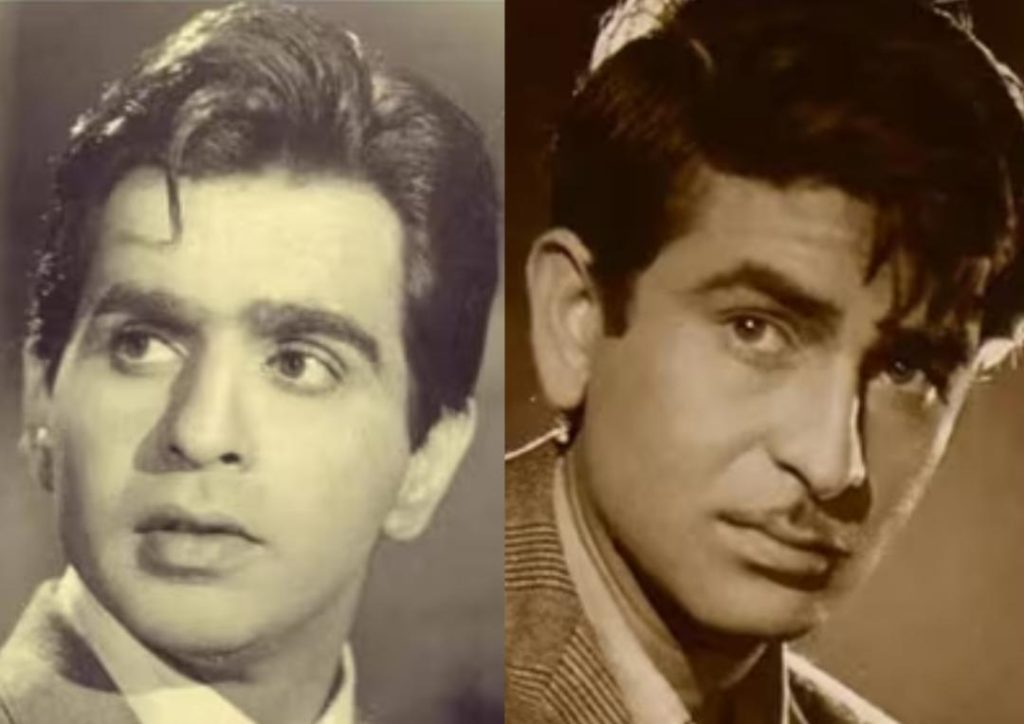
Dilip Kumar & Raj Kapoor’s Homes in Pak to be Turned into Museums
The cinematic world has lost two of its greatest legends, Dilip Kumar and Raj Kapoor, but their legacy lives on. The news of their ancestral homes in Peshawar, Pakistan being turned into museums has sent waves of excitement among film enthusiasts and historians alike. In a recent announcement, the Director of Archaeology, Dr Abdul Samad, revealed that the construction of these museums will take place over the next two years, with an estimated cost of ₹7 crore.
The decision to turn these iconic homes into museums is a significant step towards preserving the rich cultural heritage of Pakistan. The Khyber Pakhtunkhwa government has identified these cultural landmarks as focal points for tourists, aiming to promote cultural tourism in the region.
Dilip Kumar’s Home
Dilip Kumar’s ancestral home is located in Qissa Khwani Bazaar, Peshawar, and is a testament to the actor’s humble beginnings. Born as Muhammad Yusuf Khan, Dilip Kumar was a stalwart of Indian cinema, known for his iconic roles in films like “Andaz”, “Mughal-e-Azam”, and “Ganga Jamuna”. The museum will showcase the actor’s life and career, including his early days, his rise to fame, and his contributions to Indian cinema.
Raj Kapoor’s Home
Raj Kapoor’s ancestral home is situated in Bagh-e-Nawab, Peshawar, and is a reflection of the actor’s love for music, dance, and cinema. Known as the “Showman of Indian Cinema”, Raj Kapoor was a multifaceted personality who not only acted but also directed and produced numerous films. The museum will exhibit his extensive filmography, including his iconic films like “Awara”, “Shree 420”, and “Mera Naam Joker”.
Significance of the Museums
The Dilip Kumar and Raj Kapoor museums will serve as a window into the past, offering visitors a glimpse into the lives and careers of these cinematic legends. The museums will also provide a platform for showcasing the rich cultural heritage of Pakistan, highlighting the country’s contributions to the world of cinema.
The decision to turn these homes into museums is not only a tribute to the actors’ legacies but also a symbol of Pakistan’s commitment to preserving its cultural heritage. It is a testament to the country’s rich history and its contributions to the world of cinema, which have had a lasting impact on Indian and Pakistani films.
Challenges and Opportunities
While the construction of these museums presents several challenges, it also offers numerous opportunities. The project will require careful planning, execution, and maintenance to ensure that the museums are preserved for future generations. The construction process will also create employment opportunities for local residents and stimulate economic growth in the region.
The museums will also attract tourists from around the world, promoting cultural tourism in Pakistan. This will provide an opportunity for the government to promote the country’s rich cultural heritage and encourage foreign investment in the tourism sector.
Conclusion
The decision to turn Dilip Kumar and Raj Kapoor’s ancestral homes into museums is a significant step towards preserving the cultural heritage of Pakistan. The project will not only pay homage to the actors’ legacies but also provide a platform for showcasing the country’s rich cultural heritage. As the construction process begins, it is essential to ensure that the museums are preserved for future generations, and that they become focal points for tourists and film enthusiasts alike.
Source:






